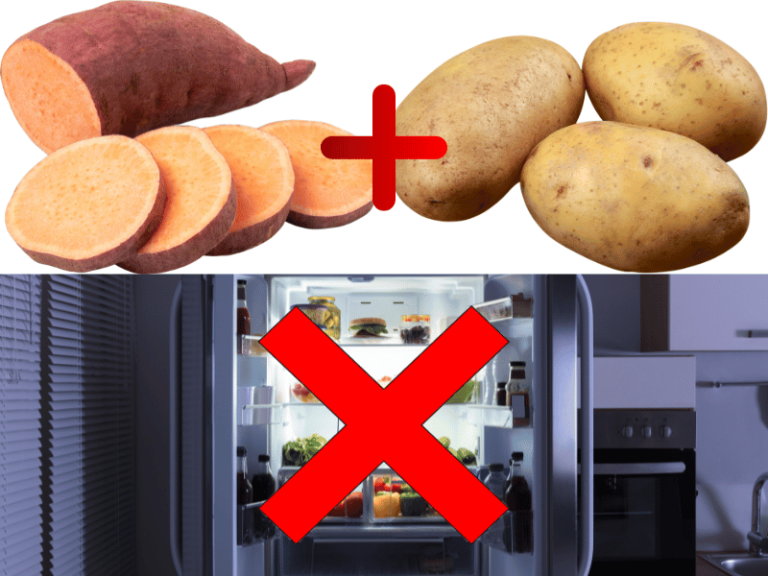Everyone knows that people have different personalities, but did you know that plants also have different “personalities”?
For example, if you plant apples and cherries together, they both grow well, but if you cultivate tomatoes and cucumbers in the same greenhouse, they both appear lackluster.
This phenomenon is not limited to plants; even plant seeds exhibit such behavior. The most severe case is with potatoes and sweet potatoes. Despite both being tubers, if stored together, they will antagonize each other to the point of mutual detriment. Either the potatoes will sprout and turn green, or the sweet potatoes will become hard and rot.
Cherries can positively influence apples because they both produce a type of volatile gas that each can absorb from the other. In contrast, the volatile gases produced by tomatoes and cucumbers repel each other.
Potatoes and sweet potatoes are a different story. They don’t produce any volatile gases; it’s just that one prefers cold and the other likes warmth.
Potatoes are best stored at a temperature of 2°C-4°C. If it gets too warm, they will turn green and sprout. Sprouted potatoes produce a toxin called solanine, which is harmful to humans and animals, making sprouted potatoes inedible. On the other hand, sweet potatoes prefer a storage environment around 15°C. If the temperature drops below 9°C, they develop a hard center and soon rot.
Given their strict temperature requirements, storing potatoes and sweet potatoes together will harm one to benefit the other, or even harm both.
However, with modern science, it is possible to change the “personality” of potatoes. For example, potatoes treated with gamma rays will not turn green or sprout even when stored at 20°C for a year. Such potatoes can then be stored together with sweet potatoes without any issues.

